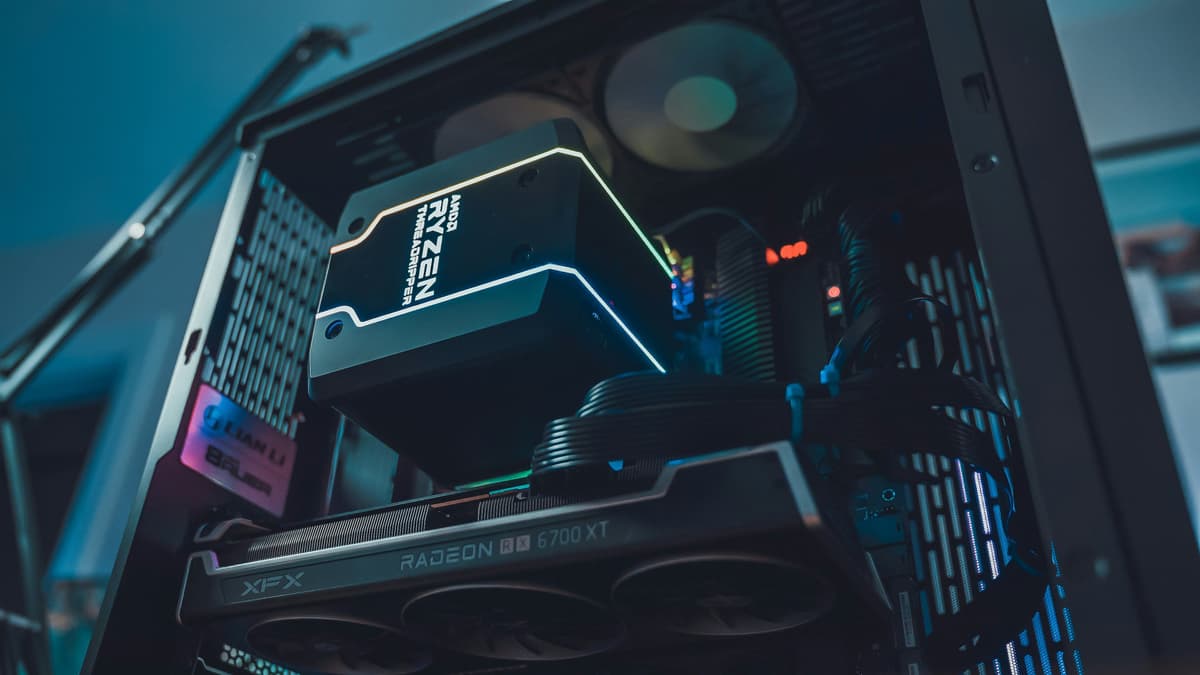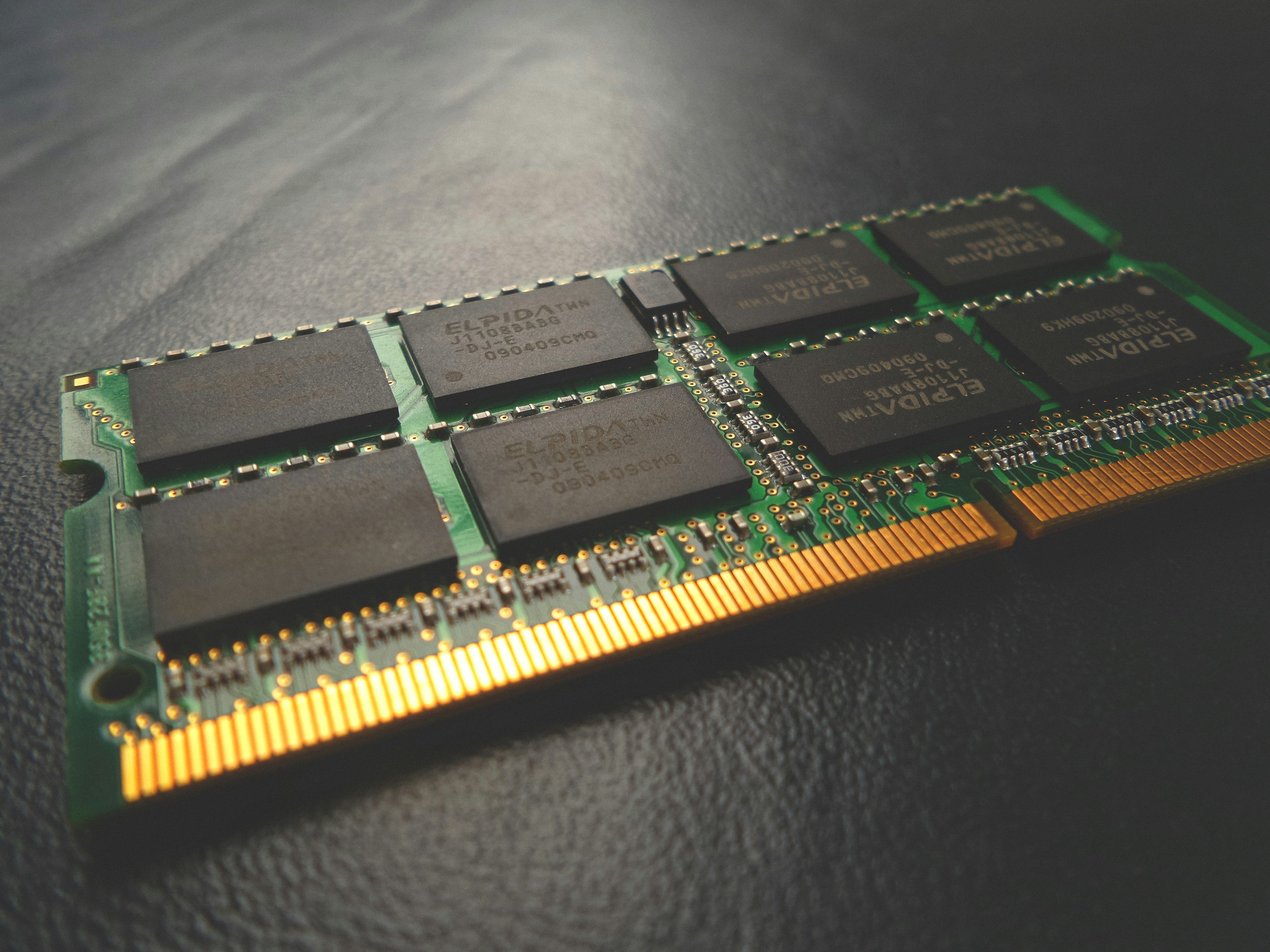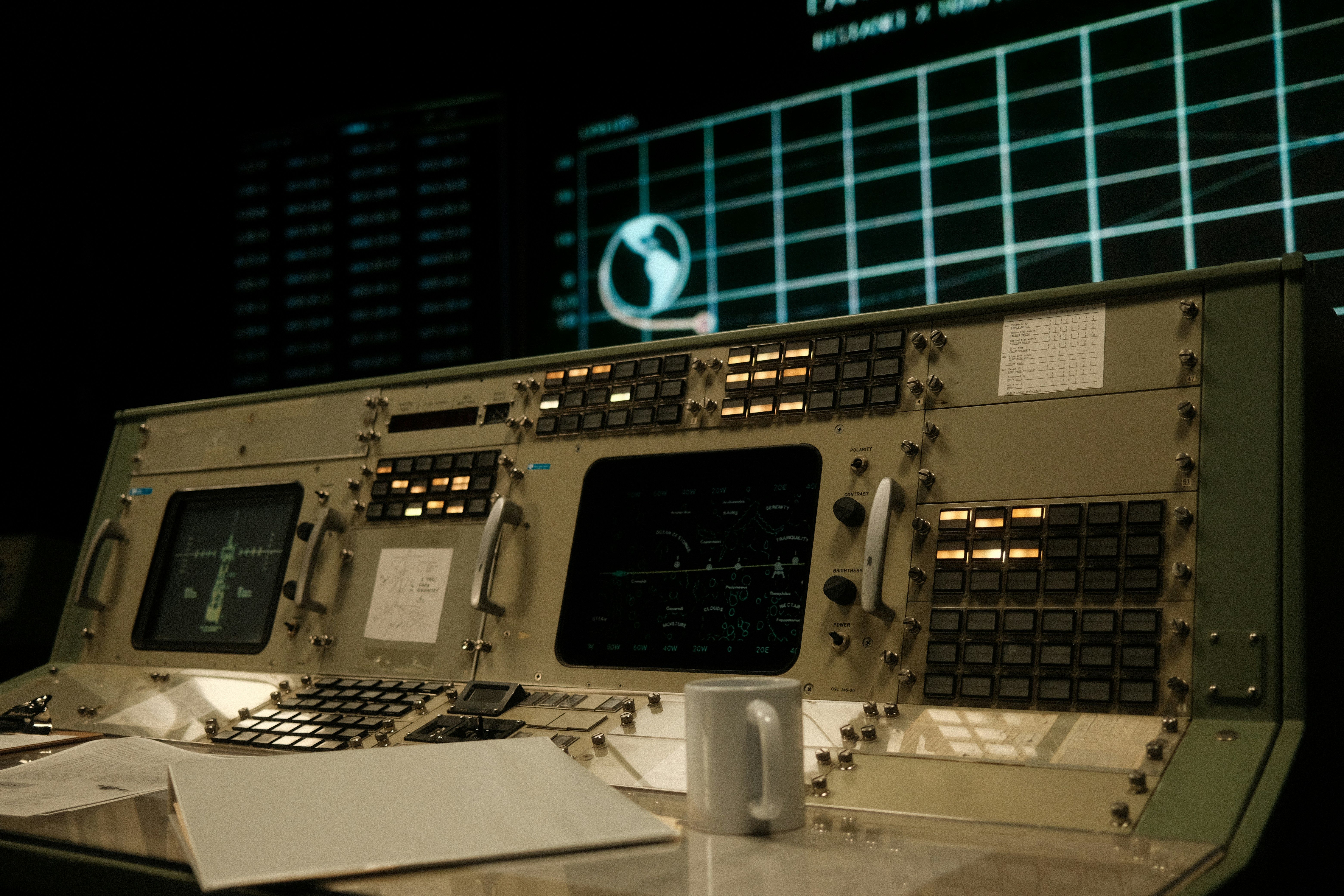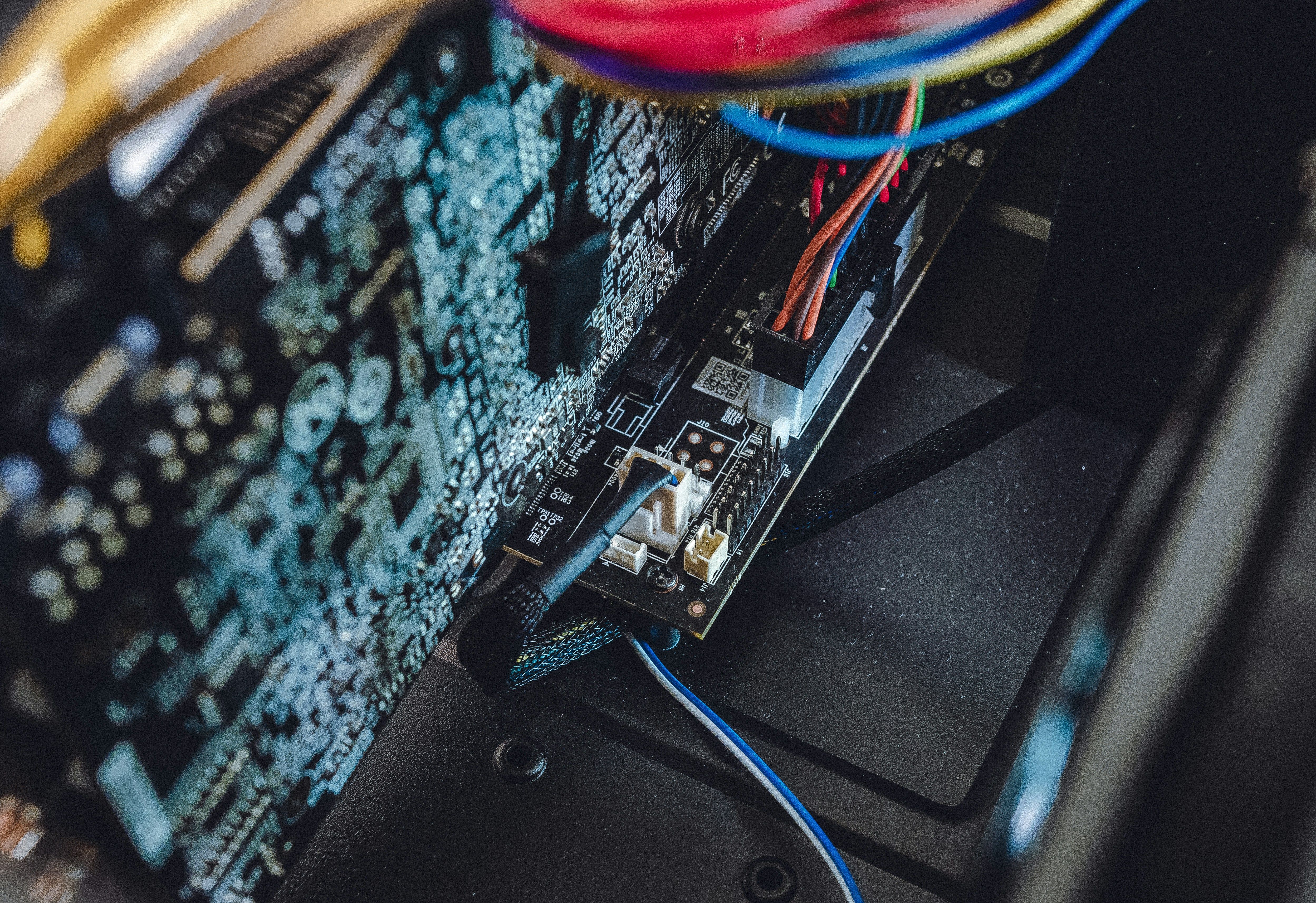Technology
|
15 May 2025
How to Optimize Gaming PC for Ray Tracing | Ray Tracing Made Easy
Written by Faizan
Full Stack Developer
Discover how to optimize gaming PC for ray tracing with hardware upgrades, GPU tweaks, and game settings for stunning visuals and top performance

Table of Contents
Ray tracing has revolutionized gaming visuals, bringing breathtaking realism to lighting, shadows, and reflections. But achieving smooth and immersive gameplay in ray-traced games requires more than just enabling the feature in your settings.
Ray tracing is resource-intensive and demands a well-optimized gaming PC to perform at its best.
If you're ready to unlock the full power of ray tracing and elevate your gaming experience, this comprehensive guide will walk you through key steps to optimize your hardware.
configure software settings, and fine-tune in-game options. Whether you're gaming on NVIDIA or AMD GPUs, we’ve got you covered!
Why is Ray Tracing so Demanding?
Ray tracing mimics how light interacts with objects in real time, creating detailed reflections, shadows, and ambient lighting.
While this technology transforms gaming visuals, it requires significant GPU power and can overwhelm systems if not properly configured. Here's why optimization is essential:
- Ray tracing relies on dedicated hardware like RT cores (on GPUs) for real-time calculations.
- High precision lighting impacts frame rates and increases input lag.
- High-resolution textures, HDR, and ray tracing demand powerful CPUs and GPUs to maintain smooth gameplay.
With proper optimization, you can push these limits and get a seamless experience, even in the most demanding games. Let's start with the basics.
Learn more about How to Optimize Gaming PC for Streaming
Step 1: Upgrade Your Hardware
For ray tracing, your PC must have a strong foundation. Here’s how to ensure your hardware can handle the challenge effectively:
1.1 Graphics Card (GPU)
Your GPU does most of the heavy lifting for ray tracing. For the best performance:
- Use GPUs designed for ray tracing, like the NVIDIA RTX 30/40 series or AMD Radeon RX 6000/7000 series.
- NVIDIA RTX GPUs stand out with superior ray tracing capabilities and support for DLSS (Deep Learning Super Sampling) to boost frame rates.
- Older GPUs may run ray tracing but with compromises in performance. Consider upgrading for better stability.
1.2 CPU
While the GPU focuses on ray tracing, your CPU handles physics, AI, and game logic. A balanced combination of CPU and GPU ensures no bottlenecks. For optimal results:
- Use quad-core or higher CPUs like the Intel Core i7/i9 or AMD Ryzen 7/9.
- For Intel CPUs, consider disabling core parking and frequency scaling with ParkControl to improve frame time consistency.
1.3 RAM

Modern ray-traced games can demand significant memory, especially when running at high resolutions:
- 16GB of RAM is the minimum for most games. For high-end gaming, 32GB ensures smoother performance even with multiple applications running in the background.
1.4 Storage
A fast and reliable drive enhances load times and reduces stutter:
- Use an NVMe SSD for lightning-fast performance. Even a SATA SSD significantly outperforms traditional HDDs in gaming scenarios.
Pro Tip: Ensure your hardware supports Resizable BAR (ReBAR), a feature that boosts GPU memory access and can improve FPS by up to 5%.
1.5 Cooling Solutions
Ray tracing demands peak performance from your hardware, and proper cooling is critical for avoiding thermal throttling.
- Consider liquid cooling solutions for your CPU and GPU, or high-performance fans to regulate heat while gaming.
- Use high-quality thermal paste to ensure efficient heat transfer.
Pro Tip: Monitor your system's temperatures using software like MSI Afterburner to prevent hardware stress.
Step 2: Optimize Your Operating System
A cluttered system can drain resources, so streamlining Windows is crucial for better gaming performance.
2.1 Windows Update and Maintenance
- Upgrade to Windows 11 23H2 or newer for the latest gaming optimizations and features.
- Check for updates regularly through Windows Update. Don't forget to manually update your GPU drivers from NVIDIA or AMD's website.
2.2 Remove Unnecessary Apps
- Uninstall unused or background apps through Settings > Apps > Apps & Features.
- Use tools like O&O ShutUp10++ to disable unnecessary telemetry and background processes.
2.3 Adjust Power Settings
- Select Balanced Power Mode with “Best Performance” settings.
- Laptop users should avoid gaming on battery. For maximum performance, plug into AC power and use high-performance cooling profiles.
2.4 Enable Game Mode
Game Mode (accessible via Settings > Gaming > Game Mode) halts non-essential background processes, giving your games more system resources.
2.5 Calibrate HDR
- Enable HDR under System > Display and use the Windows HDR Calibration App to fine-tune brightness and color levels.
- For better SDR-to-HDR upscaling, configure RTX HDR from the NVIDIA Profile Inspector tool.
Step 3: Configure Your GPU Settings
Fine-tuning your GPU is critical to achieving high performance in ray-traced games. Here's how to do it for both NVIDIA and AMD users.
3.1 NVIDIA Control Panel Settings

- Enable G-Sync for smoother visuals and minimized screen tearing.
- Set your native resolution and max refresh rate under Display settings.
- Go to 3D Settings > Manage 3D Settings and configure:
- Low Latency Mode: On
- Vertical Sync: On (driver level, disabled in-game)
- Shader Cache: 10GB
- Texture Filtering Quality: High Quality
- DLSS (enabled through supported games): Use the latest version for AI-driven performance boosts.
For more detailed NVIDIA optimizations, explore NVIDIA’s performance tuning guide.
3.2 AMD Control Panel
AMD GPUs support ray tracing through Radeon Software. Use similar optimizations:
- Enable Radeon Super Resolution (RSR) for image scaling.
- Configure FidelityFX Super Resolution (FSR) for enhanced performance in ray-traced titles.
- Fine-tune power and cooling profiles with Radeon Chill.
Get the latest version of Radeon Software directly from AMD.
Step 4: Adjust Game Settings
Even with powerful hardware, in-game settings can make or break your experience. Optimize these elements for better playability:
4.1 Enable Ray Tracing Features
Look for options like:
- Ray-traced Shadows
- Ray-traced Global Illumination
- Ray-traced Reflections
Use DLSS or FSR to balance performance at these settings. Aim for “Quality” or “Balanced” DLSS presets.
4.2 Resolution and Graphics
- Lower the resolution from 4K to 1440p if your frame rate drops.
- Set texture and shadow quality to high but adjust effects like motion blur and depth of field to medium for better FPS.
4.3 Input Lag and Frame Time
- Enable NVIDIA Reflex or AMD’s equivalent to reduce input lag.
- Avoid using multiple FPS caps (V-Sync or in-game). Rely on G-Sync and Low Latency settings already configured.
4.4 Frame Generation
If your game supports it, enable DLSS Frame Generation or AMD FSR Frame Generation for an additional FPS boost.
Step 5: Advanced Tweaks and Troubleshooting

For tech enthusiasts, here are some advanced tips:
Overclock your GPU using software like MSI Afterburner.
Use the Chris Titus Utility for deeper Windows customizations.
Regularly clean temporary files and caches to free up storage.
Common Issues and Fixes
- Low FPS: Reduce shadow quality or disable certain ray tracing effects.
- Screen Flickering: Make sure G-Sync or FreeSync is properly enabled in both GPU and display settings.
- Game Crashes: Check for driver conflicts and consider lowering texture quality or disabling HDR.
For troubleshooting resources, visit the official NVIDIA support page or AMD support page.
Final Thoughts
Optimizing your PC for ray tracing takes time, but the result is a gaming experience that's smooth, visually stunning, and immersive. With the right combination of hardware upgrades, system tweaks, and game configurations, you’ll be ready to enjoy the full potential of ray-traced games.
FAQ: How to Optimize Gaming PC for Ray Tracing
1. Why is ray tracing so demanding on hardware?
Ray tracing requires heavy computational power to simulate real-time light, shadows, and reflections. It places immense load on GPUs, demanding advanced RT cores and cutting-edge technology to deliver smooth performance.
2. What GPU is best for ray tracing?
For optimal performance, use GPUs with ray tracing capabilities, like the NVIDIA RTX 3000/4000 series or AMD Radeon RX 6000/7000 series. These GPUs come with dedicated RT cores or similar features for enhanced ray-traced visuals.
3. How much RAM do I need for ray tracing?
- Minimum: 16GB
- Recommended: 32GB for modern ray-traced titles, especially when running at higher resolutions with multiple applications in the background.
4. How can I improve FPS in ray-traced games?
- Lower resolution (e.g., from 4K to 1440p or 1080p).
- Enable DLSS (NVIDIA) or FSR (AMD) for upscaling visuals while preserving performance.
- Turn down ultra settings for ray-traced effects like shadows or reflections to medium or high.
5. Does HDR make a difference when gaming with ray tracing?
Yes, HDR enhances brightness and color contrast, complementing the realism of ray tracing. Use tools like the Windows HDR Calibration App to fine-tune HDR settings for your display.
6. How do I optimize my GPU settings for ray tracing?
For NVIDIA users:
- Enable G-Sync for smooth visuals.
- Use Low Latency Mode (On) and set Shader Cache to 10GB.For AMD users:
- Activate FidelityFX Super Resolution (FSR) and configure Radeon Chill for performance and cooling.
7. What should I do if I experience lag or stuttering?
- Ensure GPU drivers are updated via tools like GeForce Experience or Radeon Software.
- Disable background tasks to free resources.
- Enable Game Mode on Windows for smoother operations.
8. Is ray tracing practical for competitive games?
Not always. Ray tracing improves visuals but may increase input lag and lower FPS, which are critical in competitive gaming. Consider disabling it in favor of performance-driven features like NVIDIA Reflex or DLSS.
Revolutionize Your Workflow with Transcripter
Ready to streamline your content creation?
